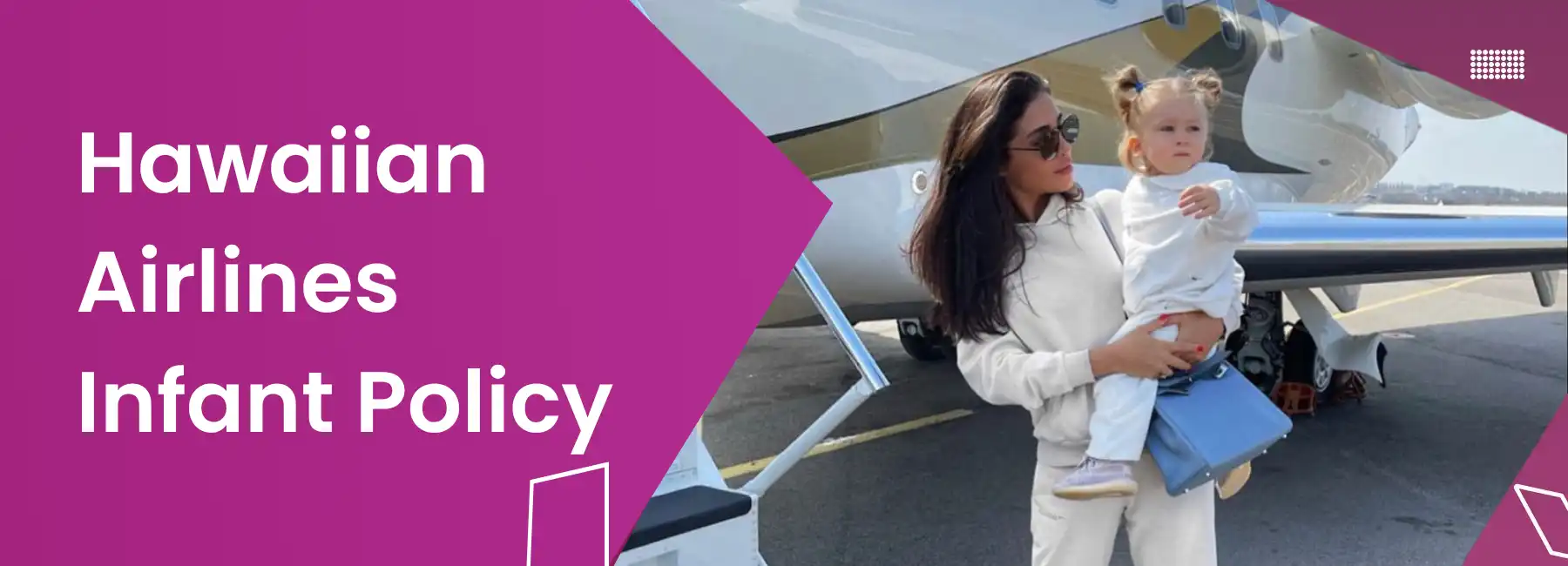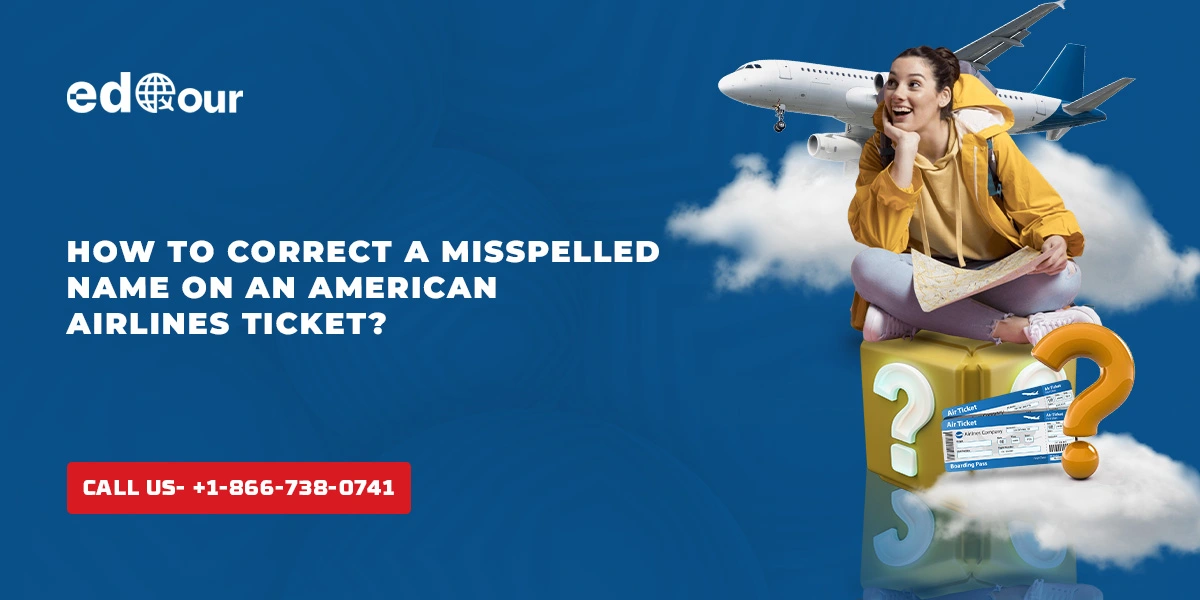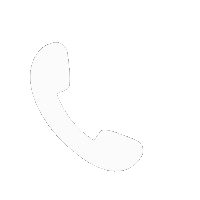
Traveling with an infant can be challenging, but Hawaiian Airlines has created family-friendly policies to help make the journey smoother for parents. Whether you’re flying to or from Hawaii, or connecting to an international destination, the airline provides options for lap infants, purchased seats, baggage allowances, and boarding assistance. Understanding the Hawaiian Airlines infant policy in advance ensures that families avoid surprises at the airport and enjoy a more comfortable travel experience.
Overview Of Hawaiian Airlines Infant Policy
Hawaiian Airlines defines an infant as a child under two years of age at the time of travel. Parents have the option of holding the infant as a lap child or purchasing a separate seat with an FAA-approved car seat. While the policies are straightforward, there are some key differences between inter-island, domestic, and international flights that families should be aware of.
Highlights include:
- Infants under 2 years may travel as lap children for a reduced fee or free, depending on the route.
- Parents may purchase a seat for their infant and use a car seat for added safety.
- Proof of age, such as a birth certificate or passport, may be required at check-in.
- For international travel, lap infants are subject to taxes and applicable fees, even if no seat is purchased.
Age And Documentation Requirements
To comply with airline safety and government travel regulations, Hawaiian Airlines requires parents to follow age-specific rules:
- Infants must be at least 7 days old to fly. Infants younger than 7 days require a doctor’s approval.
- Children are considered infants until their second birthday. After that, a purchased seat is mandatory.
- If a child turns two during the journey, parents must buy a ticket for the return portion.
- Documents that may be requested include a birth certificate, a passport, or immunization records.
Hawaiian Airlines Lap Infant Travel
Parents may choose to travel with their infant on their lap, which is a popular option on shorter inter-island flights. However, rules differ depending on the route:
- Inter-island flights: Infants under 2 years travel free of charge as lap children.
- Domestic U.S. flights (Hawaii to mainland): Lap infants may travel for free but must be declared during booking.
- International flights: Taxes and fees apply to lap infants, even though no seat is purchased.
- Only one lap infant per paying adult is allowed under the Hawaiian Airlines infant policy.
- Lap infants must remain seated on the adult’s lap during takeoff, landing, and turbulence.
This option is cost-effective and convenient, but many safety experts recommend purchasing a seat with a car seat for longer flights.
Purchasing A Seat For An Infant
For added safety, parents can purchase a seat for their child and use an FAA-approved child restraint system (CRS).
- Car seats must display a label stating, “This restraint is certified for use in motor vehicles and aircraft.”
- The seat should be placed in a window seat to avoid blocking access for other passengers.
- Booster seats and harness devices not approved by the FAA are not permitted during taxi, takeoff, or landing.
- Children occupying a paid seat are entitled to the same baggage allowance as other fare-paying passengers.
Purchasing a seat is often recommended on long-haul flights to ensure safety and comfort.
Infant Baggage Allowance
Hawaiian Airlines makes traveling with babies easier by allowing certain items to be carried at no additional cost.
- Lap infants do not receive their own checked baggage allowance.
- Parents may bring one diaper bag in addition to their own carry-on allowance.
- One stroller and one car seat per child may be checked free of charge.
- If a seat is purchased for the infant, the standard checked baggage allowance applies to the child’s ticket.
- Baby food, formula, and breast milk are exempt from the 3-1-1 liquid rule but must be declared at security.
This policy helps families avoid extra fees while carrying essential baby gear.
Boarding Assistance For Families
To make boarding smoother, Hawaiian Airlines offers pre-boarding for families with children under two years old. This allows parents extra time to store strollers, car seats, and baby supplies before the main boarding process begins. Flight attendants are also available to assist families in settling in, though parents should bring all essentials since Hawaiian Airlines does not provide bassinets, baby food, or diapers on board.
Traveling With Multiple Infants
Parents traveling with twins or multiple infants must follow additional rules for safety:
- Each paying adult can travel with only one lap infant.
- A second infant must have a purchased seat with an FAA-approved car seat.
- Families should notify Hawaiian Airlines in advance when traveling with more than one infant.
- Booking extra seats early is recommended, especially on busy routes between the mainland and Hawaii.
These rules ensure compliance with FAA regulations and provide comfort for both parents and children.
How To Add Lap Infant On Hawaiian Airlines?
Here’s a unique, traveler-focused step-by-step guide to adding a lap infant to your Hawaiian Airlines booking, highlighting special tips and clever traveler insights to make your journey even smoother.
Step 1: Check the Requirements
- Your child must be under 2 years old on the date of travel.
- Each adult passenger (15+) can only carry one lap infant.
- Newborns younger than 7 days need a doctor’s travel clearance.
Step 2: Keep Documents Ready
- Infant’s name and date of birth.
- Proof of age, such as a birth certificate or passport.
- Your flight confirmation code or ticket number.
Step 3: Contact Hawaiian Airlines Directly
- Infants can’t be added online.
- Call Hawaiian Airlines Reservations at 1-800-367-5320 or +1-866-738-0741 (OTA).
- Share your booking details and infant information.
- On domestic flights, infants travel for free on your lap.
- For international routes, expect to pay required taxes or fees.
Step 4: Verify Infant on Booking
- The airline will update your reservation with the infant’s details.
- You’ll receive a new confirmation showing the infant added.
- At the airport, a boarding document for the baby will be issued.
Step 5: Ask for Extra Assistance
- Request a bassinet seat if you’re traveling on long-haul international flights.
- If you prefer more comfort, purchase a seat for your baby and use an FAA-approved car seat.
Step 6: Check In and Fly
- Bring the infant’s proof of age when checking in.
- Arrive at the airport early for smoother processing.
- Board with your infant stress-free and enjoy your journey.
International Travel Rules
For international destinations such as Japan, Korea, Australia, and New Zealand, Hawaiian Airlines has specific requirements:
- Infants must have a valid passport.
- Lap infants are charged international taxes and fees, even if no seat is purchased.
- Some countries may require visas or proof of vaccinations for entry.
- Parents should always check the entry requirements of their destination before traveling.
Safety Guidelines
Hawaiian Airlines prioritizes safety for its youngest travelers by enforcing strict safety rules:
- Infants must be properly secured in an adult’s lap or in a car seat during critical phases of flight.
- Only FAA-approved car seats are allowed for use in-flight.
- Booster seats, inflatable lap restraints, and unapproved harness systems are prohibited.
- Feeding infants during takeoff and landing may help reduce ear discomfort caused by cabin pressure changes.
- Parents are encouraged to bring familiar toys or comfort items to keep infants calm throughout the flight.
By following these safety measures, parents ensure a smooth and secure journey for their children.
Tips For Parents Traveling With Hawaiian Airlines
Parents can maximize the benefits of the Hawaiian infant policy by planning ahead:
- Bring a lightweight stroller for easy gate check.
- Pack essentials like diapers, wipes, and formula in a carry-on bag.
- Use pre-boarding to get settled before the main groups board.
- For long flights, consider booking a seat for the infant with a car seat for added safety.
Frequently Asked Questions
Looking for further inform on airline policies, terms & conditions, etc.
Call now to know everything in detail.
+1-866-738-0741




